INTRODUCTION
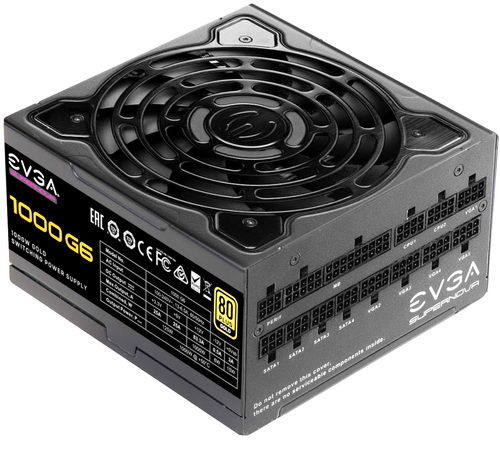
It's no secret that even compared to just 10 years ago current power supply units have a higher lifetime (they don't fail nearly as often) so based on that fact alone it's safe to say that both quality and safety measures have increased. Still the goal of a power supply unit is not just to withstand the passing of time, it's also to produce stable and clean enough power for your system and that's where things become tricky, especially with entry-level solutions. This is particularly crucial to systems with high and ultra-high end hardware components and let's face it, people who can spend a lot on everything shouldn't hold back on the power supply. EVGA with the help of OEMs like Super Flower and FSP has released several award winning and highly popular models over the years and today with me i have one of their latest ones, the SuperNOVA G6 1000W.
EVGA is the #1 NVIDIA authorized partner in channel sales throughout North America. Based on the philosophy of intelligent innovation, market knowledge, and the real time operation, EVGA continues to identify the need in the market place and providing the solution to that need. By offering product differentiation, a 90 day Step-Up program, and other customer focused programs, EVGA is a clear leader in all categories: etail, retail, distribution, and system builders. With headquarters in Brea, CA, EVGA's global coverage includes EVGA GmbH in Munich, EVGA LATAM in Miami, and EVGA Hong Kong. For further information online about EVGA, visit https://www.evga.com.
The SuperNOVA G6 line includes 650/750/850/1000W models all of which are of course fully modular and feature the 80 PLUS Gold efficiency certification (up to 92%+ electrical efficiency). More specifically the SuperNOVA G6 1000W which landed in the office/lab just over three weeks ago sports a continuous power output of 1000W (maximum/peak power output of up to 1146W) and packs numerous interesting features including active full-bridge, LLC Resonant converter, DC to DC design, zero-RPM mode (EVGA ECO), 135mm fluid-dynamic bearing fan, 100% Japanese primary heavy-duty capacitors, powerful single +12V rail (83.3A) which can make use of almost the entire total rated power output of this unit (1000W) and an array of industrial-grade electrical protections such as OVP (Over Voltage Protection), UVP (Under Voltage Protection), OCP (Over Current Protection), Hardware & Firmware OPP (Over Power Protection), SCP (Short Circuit Protection) and OTP (Over Temperature Protection). Typically, EVGA once again covers their latest SuperNOVA G6 line of power supply units with a very generous 10-year limited warranty.
SPECIFICATIONS AND FEATURES

PACKAGING AND CONTENTS
The SuperNOVA G6 series is packed inside a medium sized box that has a picture of the G6's fan grill, the company logo, model name, wattage and the 80 PLUS Gold Certification logo.
At the rear we find a brief product description, the features list in 5 languages, warranty information, two product pictures, several certification logos, output chart and the included accessories/cables.
As with most high-end models the SuperNOVA G6 is placed inside a synthetic cover and placed between two thick black foam spacers (modular cables are placed in a synthetic pouch).
Along with the SuperNOVA G6 1000W and its power (US version came with this sample) and modular cables EVGA has also placed an 24pin ATX bridge, 5 cable straps, 4 mounting screws and the user manual.
THE SUPERNOVA G6 1000W EXTERIOR
Aside the modular 24pin motherboard cable which just sleeved all other cables are slim, low profile ones.
EVGA has further reduced the size of their PSUs so the SuperNOVA G6 1000W measures just 140mm in length, 150mm in width and 86mm in height.
Once again, we see a nice looking grill over the 135mm fluid-dynamic bearing fan.
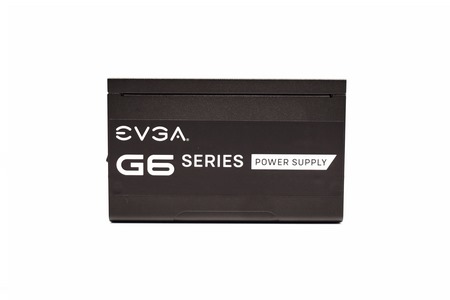
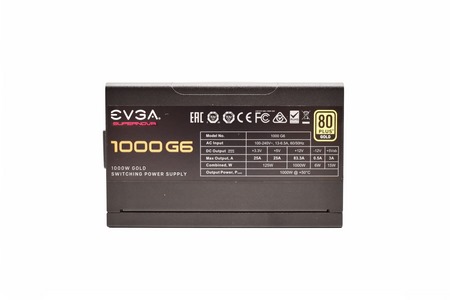 On one side of the chassis, we find the model’s name while on the other the electrical table.
On one side of the chassis, we find the model’s name while on the other the electrical table.
A smaller sticker on the belly of the enclosure lists the serial number and barcodes of the unit.
At the front we find a total of 14 modular ports all of which are tagged.
Moving at the rear we find the usual honeycomb perforation right next to the power port, on/off power switch and the on/off ECO (Zero-RPM) switch (this is not something i like using when testing PSUs however).
THE SUPERNOVA 1000 G6 INTERIOR
Even though EVGA doesn't state the model of the 135mm fluid-dynamic bearing fan used with the G6 after noticing who the OEM is (and which of their designs this model is based on) it's clear that this is the HA13525H12F-Z model manufactured by Hong Hua (this model usually spins between 2000-2300RPM).
Based on both the layout of this PSU (and of course the OEM codes) the OEM behind the SuperNOVA G6 line is none other than Seasonic.
Primary capacitors are manufactured by the Japanese Nippon Chemi-Con and are rated for use up to 105 degrees Celsius.
Secondary capacitors are also manufactured by Nippon Chemi-Con and are also rated for use up to 105 degrees Celsius (there seem to be a couple of Rubycon capacitors present here as well - missed them at first).
TEST BED
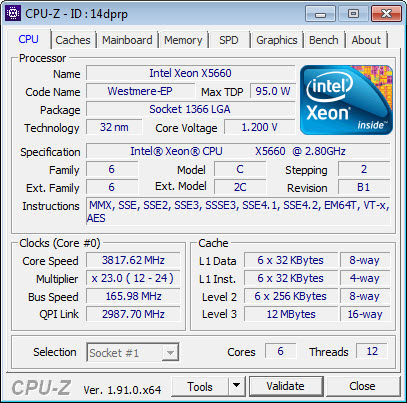

TESTING METHODOLOGY
Using a dedicated measurement instrument such as a Chroma or a SunMoon to test power supply units is without doubt the most ideal and accurate way (not to mention the fastest) to do that currently. However, it's certainly not the only way there is and so pretty much anyone can test a power supply unit just by using a test rig. Certainly, limitations do apply and so you can't really push a 1000W power supply to its limits if your system only uses 500W at peak loads and that's why over the years we saved certain hardware components for the purpose of building a dedicated PSU test rig. True it may not be as accurate as the above mentioned solutions but it comes really close and is in fact much closer to real world usage. So as always, we ran several games with maximum graphic options enabled at a resolution of 2560x1600 in order to stress every hardware component and increase the overall power demands of the system. The Passmark BurnIn Test was also used to overstress the components in an effort to provide the most accurate results possible. As a final test we also used the latest OCCT 4.4 software and its dedicated PSU testing suite since it can really bring a power supply to its knees after inside a few minutes.
Rail stability was checked/measured with the CPUID Hardware monitor and a Metex multimeter which also recorded the system load in idle and in load. As always try to remember that the power consumption numbers listed in the graph are the highest (Peak) ones recorded during the entire duration of the tests and not the average ones. Noise levels coming from the fan were recorded using the high precision HD600 ExTech Sound dBA Meter from the rear of the unit and at a range of no more than 5-10cm. Readings under load are recorded the exact moment we manually switch the fans of all graphics cards from full speed to almost zero, that way the fan of the power supply does not have enough time to slow its RPM and so by doing this we get very accurate noise level readings. Needless to say, in order to get 100% accurate readings, you need to have a noise isolated room for that exact purpose, something which is quite impossible unless you are working inside a real lab (some people use very small noise insulated boxes but due to their size both heat and noise exceed normal levels and so the results can't really be considered to be 100% accurate, nor realistic for that matter). Also do take into account that since all noise measurements take place from just 5-10cm away the final noise levels to reach your ears will be considerably less.
* After well over 10 years of testing PSUs the Intel Core i7-920 CPU of this rig failed and so we replaced it with a Xeon X5660 (we also swapped the GA-X58A-UD7 for the G1. Assassin).
TEST RESULTS


 …………..
…………..
CONCLUSION
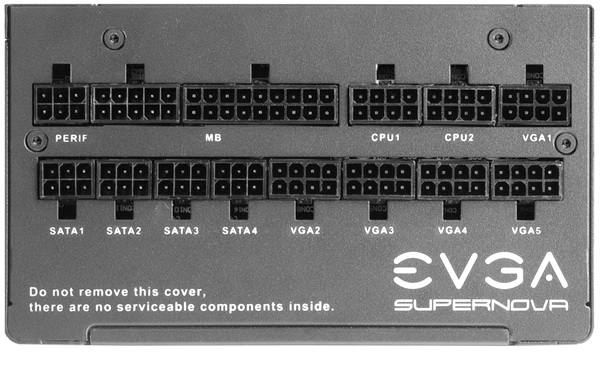
The SuperNOVA G6 1000W by EVGA passed all tests with flying colors, rail stability is very good (especially with my test rig surpassing its rated output at heavy load), build quality is almost excellent (using Seasonic as the OEM was obviously a good choice), packed features are not something we usually see with 80 Plus Gold certified PSUs (compact size included) and as for available electrical protections, well, nothing is left out really. My sole “issue” with the EVGA SuperNOVA G6 1000W is its noise levels at heavy load, still i doubt people with systems that use up to 1000W would choose an 1000W unit so that shouldn’t be a problem for real use.
So, just how much does the SuperNOVA G6 1000W by EVGA currently cost? Well good news here as well since you can currently grab one for just USD169.99 inside the USA (Amazon.com) and for 180.42Euros inside the EU (Amazon.de). So, at the end of the day, it’s perfectly clear that the SuperNOVA G6 1000W by EVGA has everything anyone could ever hope from a PSU, output, rail stability, build quality, features, size and even price and that’s why it gets the Golden Award.

PROS
- Near Excellent Build Quality
- Solid Rail Stability
- Fully Modular (Future Proof)
- 80 Plus Gold Certified
- Zero RPM Mode (ECO)
- Electrical Protections (OCP/OVP/UVP/SCP/OTP/Dual OPP)
- 10 Year Limited Warranty
- Compact Size (1KW Unit)
- Price (Compared To The Competition)
CONS
- Noise Levels (At Max Load)

 O-Sense
O-Sense





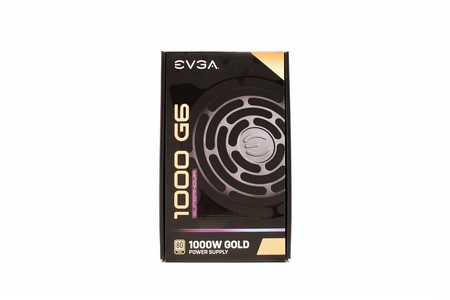
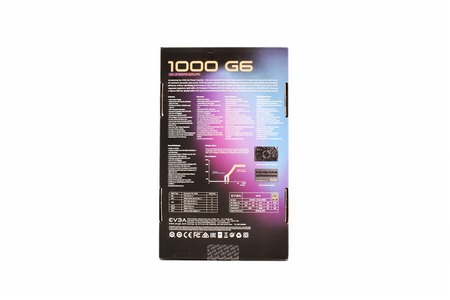
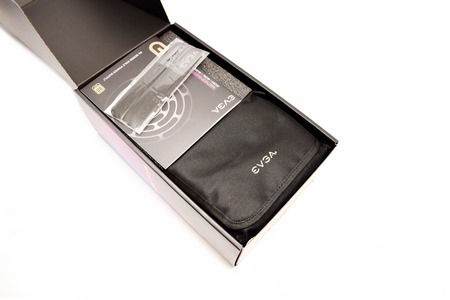
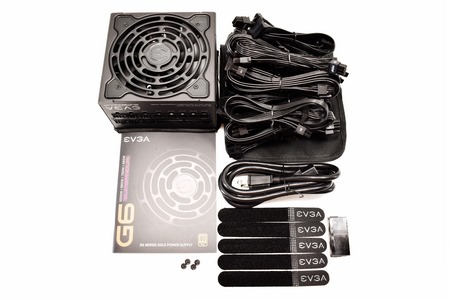
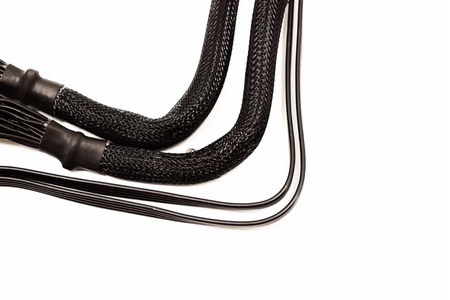
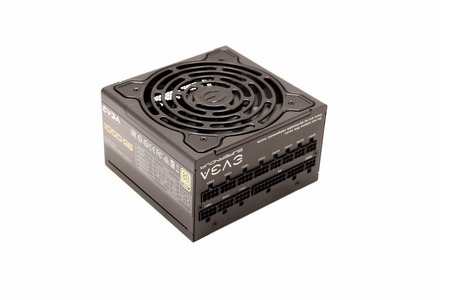
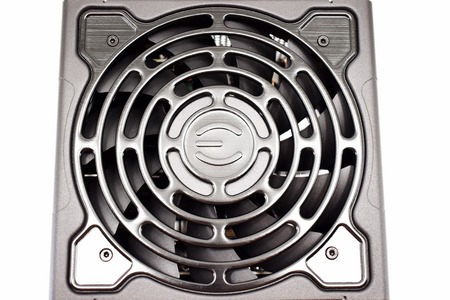
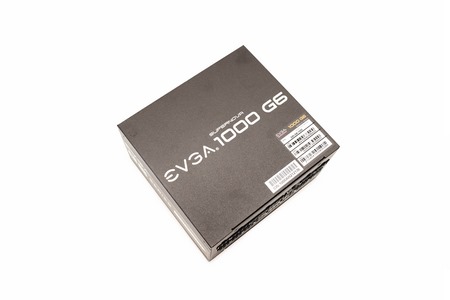
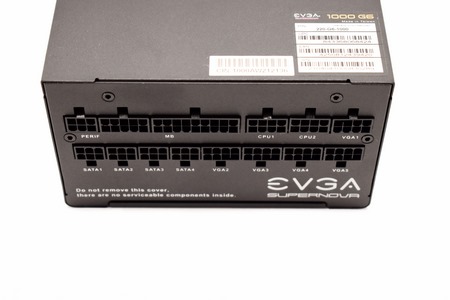
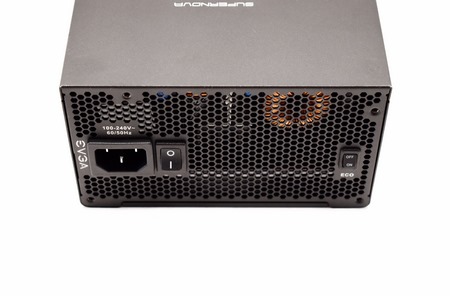
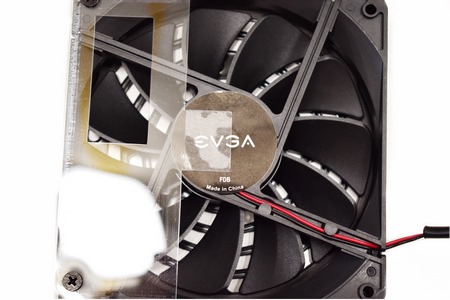
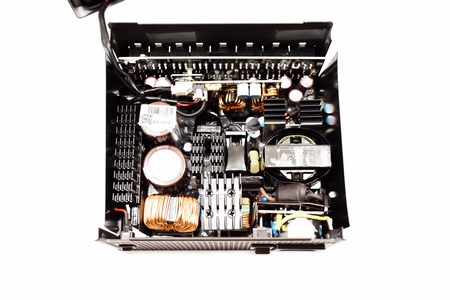
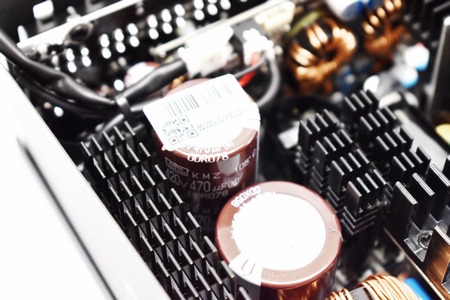
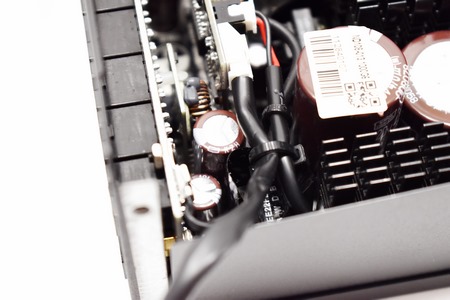
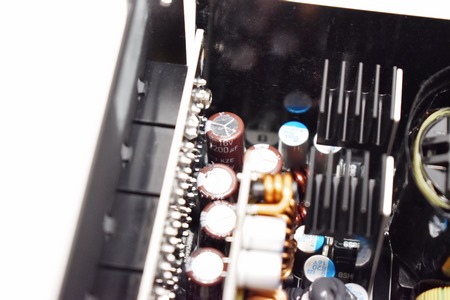


.png)

